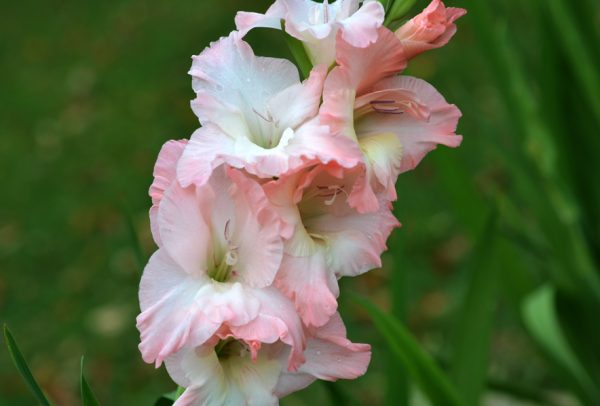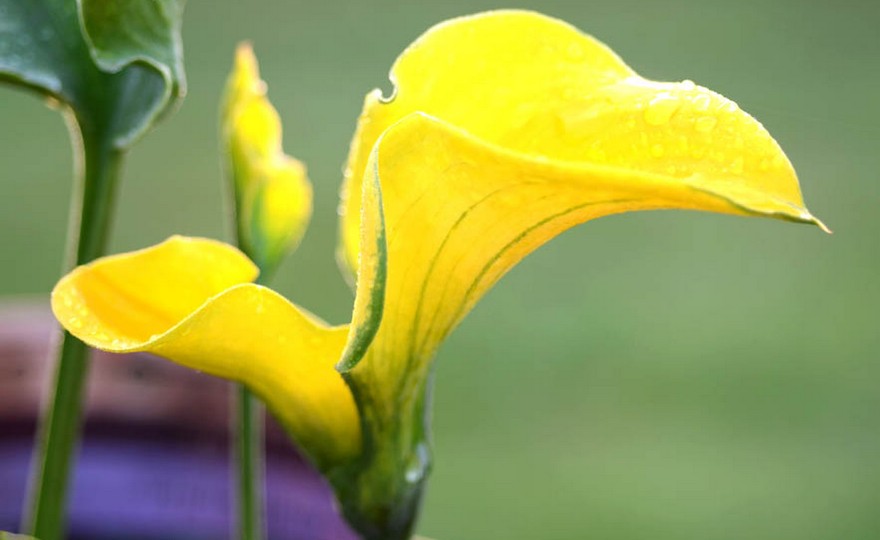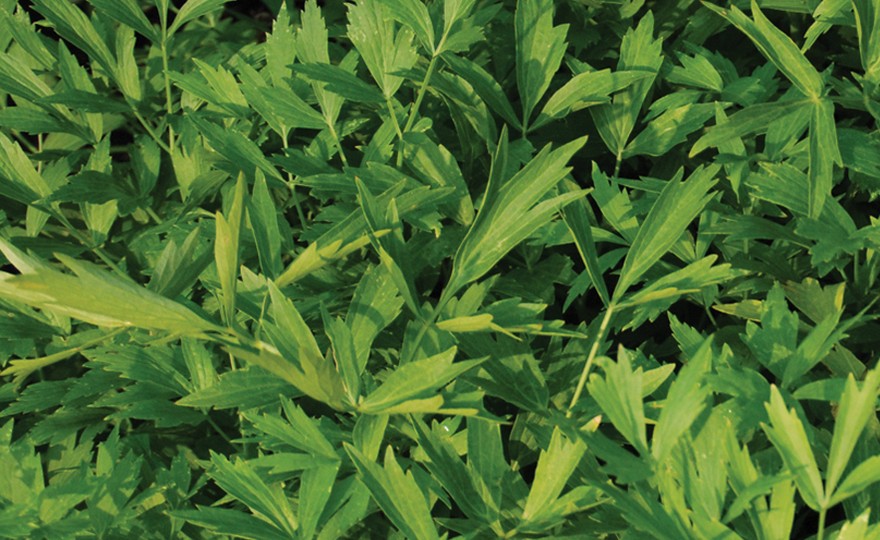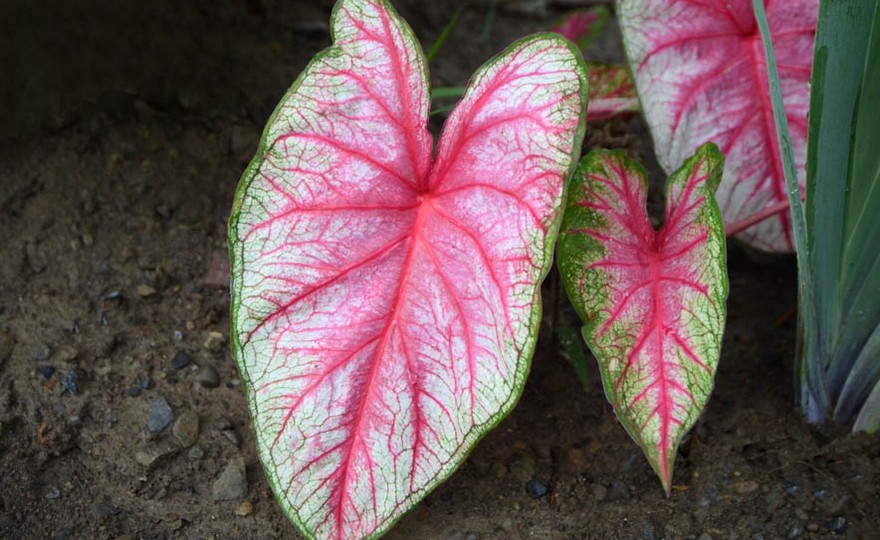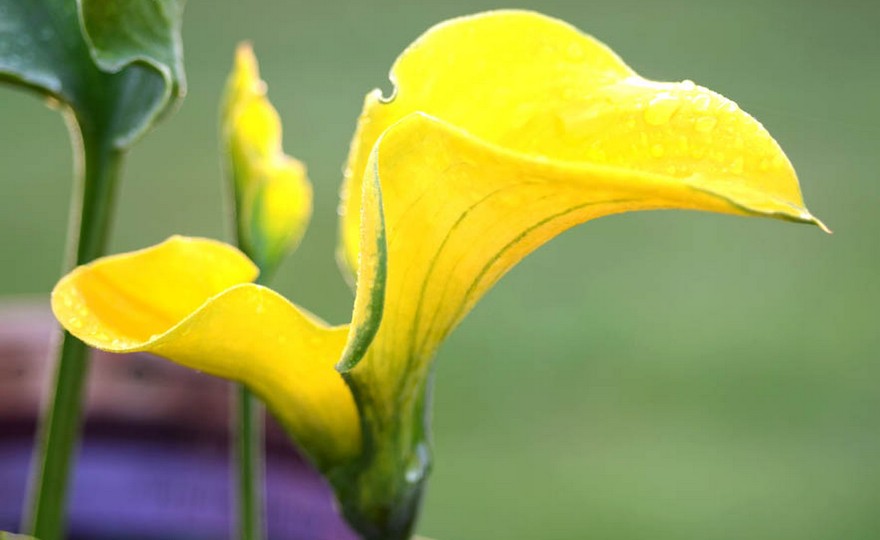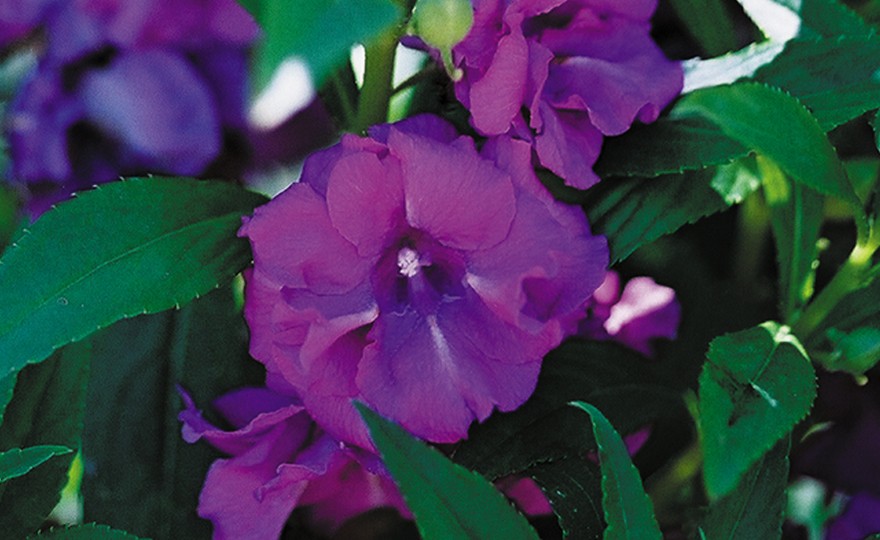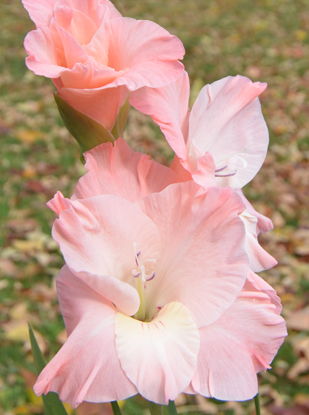
Standard Gladiola, Priscilla-10 Corms
-
- **SOLD OUT** HOLIDAY GIFTS **SOLD OUT**
- **SOLD OUT** Holiday Books **SOLD OUT**
- **SOLD OUT** Holiday Citrus **SOLD OUT**
- **SOLD OUT** Holiday Gift Certificates **SOLD OUT**
- **SOLD OUT** Holiday Paperwhites **SOLD OUT**
- **SOLD OUT** Holiday Praying Mantis Kits **SOLD OUT**
- **SOLD OUT** Holiday Tools **SOLD OUT**
- **SOLD OUT** Holiday Wildflower Mixtures **SOLD OUT**
- Citrus Trees
- **SOLD OUT** - Vegetable and Herb Plants - Mix & Match any 6 Plants for $50 - Only Shipped in Quantities of 6
- Elephant Ear Plants & Roots
- **SOLD OUT** 4-Inch Pot Herb Plants **SOLD OUT**
- Rare Plants
- **SOLD OUT** Vining Plants **SOLD OUT**
- Asian Seeds
- Beneficial Bugs
- Books
- Citrus Fertilizers
- Cold-Treated Bulbs - SEE BULBS FOR FALL PLANTING TO ORDER
- Cold-Treated Allium
- Cold-Treated Chionodoxa
- Cold-Treated Crocus
- Cold-Treated Hyacinthoides
- Cold-Treated Hyacinthus Orientalis
- Cold-Treated Narcissus
- Cold-Treated Cyclamineus Narcissus
- Cold-Treated Double Heirloom Narcissus
- Cold-Treated Jonquilla Narcissus
- Cold-Treated Large Cupped Narcissus
- Cold-Treated Poeticus Narcissus
- Cold-Treated Small Cupped Narcissus
- Cold-Treated Species Miniature Narcissus
- Cold-Treated Split Cupped Narcissus
- Cold-Treated Tazetta Narcissus
- Cold-Treated Triandus Narcissus
- Cold-Treated Trumpet Daffodils
- Cold-Treated Ornithogalum
- Cold-Treated Rock Garden Iris
- Cold-Treated Scilla
- Cold-Treated Tulips
- Cold-Treated Emperor Tulips
- Cold-Treated Fringed Tulips
- Cold-Treated Green or Viridiflora Tulips
- Cold-Treated Lily Flowering Tulips
- Cold-Treated Parrot Tulips
- Cold-Treated Peony Flowering Tulips
- Cold-Treated Single Early Tulips
- Cold-Treated Single Late Tulips
- Cold-Treated Species Tulips
- Cold-Treated Triumph Tulips
- Flower Bulbs, Corms and Tubers
- Bulbs for Spring Planting
- Bulbs for Fall Planting - ALL BULBS AVAILABLE ARE COLD TREATED FOR PLANTING AS SOON AS SOIL CAN BE WORKED
- Fall Blooming Bulbs
- Garden Tools & Equipment
- Gift Certificates
- HHH Exclusive Wildflower Mixtures
- Wildflower Mixtures
- Heirloom Garlic
- Potatoes
- Roots & Sets
- Seeds
- Flowers
- Herbs
- Vegetables
- **SOLD OUT** HOLIDAY GIFTS **SOLD OUT**
-
- No products to compare
-
12 in stock
Quick Overview
STANDARD GLADIOLA, Priscilla
FULL SUN TO PARTIAL SHADE Priscilla is a study in gentle elegance. She is nearly a white glad with deeply ruffled, broad petals thinly edged with pale pink that, once in a while, deepens to rose pink. The blossoms are large, 3-4 inches in diameter.
The most important fact that must be remembered when cultivating gladiolas is that they cannot stand wet feet. They need well drained soil, and if they do not have this, they will rot quickly.
To plant gladiolas in the ground, dig trenches that are 8-10 inches deep and dust the holes with bone meal. Place the corms in the trenches, pointed side up with 3-4 inches between corms, and fill the trench with soil. Gladiolas prefer organically rich soil, so mixing peat moss, compost, and/or dehydrated cow manure into the soil produces stronger plants and more flowers.
Once the gladiolas have emerged from the soil, you can fertilize with a blossom booster fertilizer, but you do not have to do this. You will still get beautiful blooms if you do not fertilize at all. For longest lasting floral creations, cut the blossom stem as the very first blooms begin to open.
If you decide to bring your glads inside for the winter, dig them up with their leaves and flower stems still attached. Place in an area where they can be dried out, but will not freeze
Store in a cool dark area.

Standard Gladiola, Priscilla
Few flowers provide the opulence, color range and length of bloom time that the gladiolas do. The name, gladiolus,comes from the Latin word, gladius, which means sword and refers to the shape of the plant’s leaves. Today’s hybrids, almost exclusively, come from species gladioli native to South Africa and the surrounding regions, but there are varieties of gladioli that are native to Southern Europe and the Mediterranean area, and there is one very rare variety, G.illyricus, that is native to Great Britain.
Of all the gladioli, from the various regions and climates, G. dalenii, is the most important. It is native to Zimbabwe, specifically the area around Victoria Falls, and was introduced into Great Britain in 1904. It is the plant from which most of today’s cultivars were developed.
Gladioli grew in popularity throughout the 19th century and became a much beloved cut flower and an essential part of the Victorian cutting garden. It was so much appreciated by gardeners and homemakers, that it was used everywhere. In fact, it became the flower of choice in most funeral floral displays. Sadly, this popularity in funereal bouquets had a tremendously negative effect. Over the years, gardeners began to associate gladioli with death. Instead of bringing joy into the hearts and minds of all who observed the incredible blossoms, the sight of gladiola flowers created great sadness because people associated them with death and the loss of loved ones.
For nearly a century, gladiolas disappeared from the world’s cutting gardens. Then, in the 1980s, gladiolas began to increase in popularity. This change in regard to gladiolas was the result of a change in the cultural traditions associated with funerals. Once it became the tradition to donate to charity in the name of the deceased rather than purchase flowers for the funeral, gladioli disappeared from funerals. It took nearly two generations, but eventually humanity no longer associated the flower with death. By the 1980s enough years had passed and gardeners had, once again, fallen in love with this incredible plant. They began to include gladiolus in their gardens.
HARVESTING HISTORY HEIRLOOMS HAS SEVERAL YOUTUBE VIDEOS ON GLADIOLAS. THIS YEAR WE HAVE ADDED A NUMBER OF NEW VIDEOS SHOWCASING OUR COLLECTION OF GLADIOLAS. THESE AND OTHER GLADIOLAS VIDEOS WILL PROVIDE YOU WITH EXACT IMAGES OF THE MANY GLADIOLAS THAT WE OFFER IN OUR COLLECTIONS. THINK OF THESE VIDEOS AS A CATALOG OF ONE OF THE WORLD’S MOST BELOVED FLOWERS. THEY CAN BE FOUND AT THE FOLLOWING LINKS:
Gladiolas – Part I – Introduction to Gladiolas
Gladiolas – Part IA – Introduction to Gladiolas Continued
Gladiolas – Part II – The 2022 Harvesting History Gladiolus Collection
Gladiolas – Part III – The 2022 Harvesting History Gladiolus Collection
Gladiolas – Part IV – The Cold Hardy Gladiolas
Gladiolas – Part IVA – The Cold Hardy Gladiolas History
Planting Gladiolas in Containers and in the Ground
PLANTING GLADIOLAS IN CONTAINERS
Glads are easy to grow in containers, but the containers must be deep – at least 10-12 inches. Use the soil mix described in detail in our Harvesting History YouTube video. Do not use prepared soil mixes.
The Best Soil Mix for Containers
Briefly the soil mix is 60% topsoil, 20% peat moss and 20% compost or dehydrated cow manure. Plant 5 corms in an 8 inch pot or 12 corms in a 10-12 inch pot.
Plant the corms 8 inches deep. Dust the trench with ¼ cup bone meal per bulb. Cover the bulbs with 8 inches of soil. Water heavily, but do not allow the pots to stand in water. Once they have emerged from the soil, fertilize every two weeks with blossom booster fertilizer.
In the fall, when the top growth has died completely back, remove the dead growth and dust the surface of the soil with bone meal. Mulch with 2 inches of compost, if possible, or a mix of peat moss and dehydrated cow manure-5 parts peat moss to 1 part manure.
Make sure you water your glads throughout the summer. Do not allow the pots to dry out.

